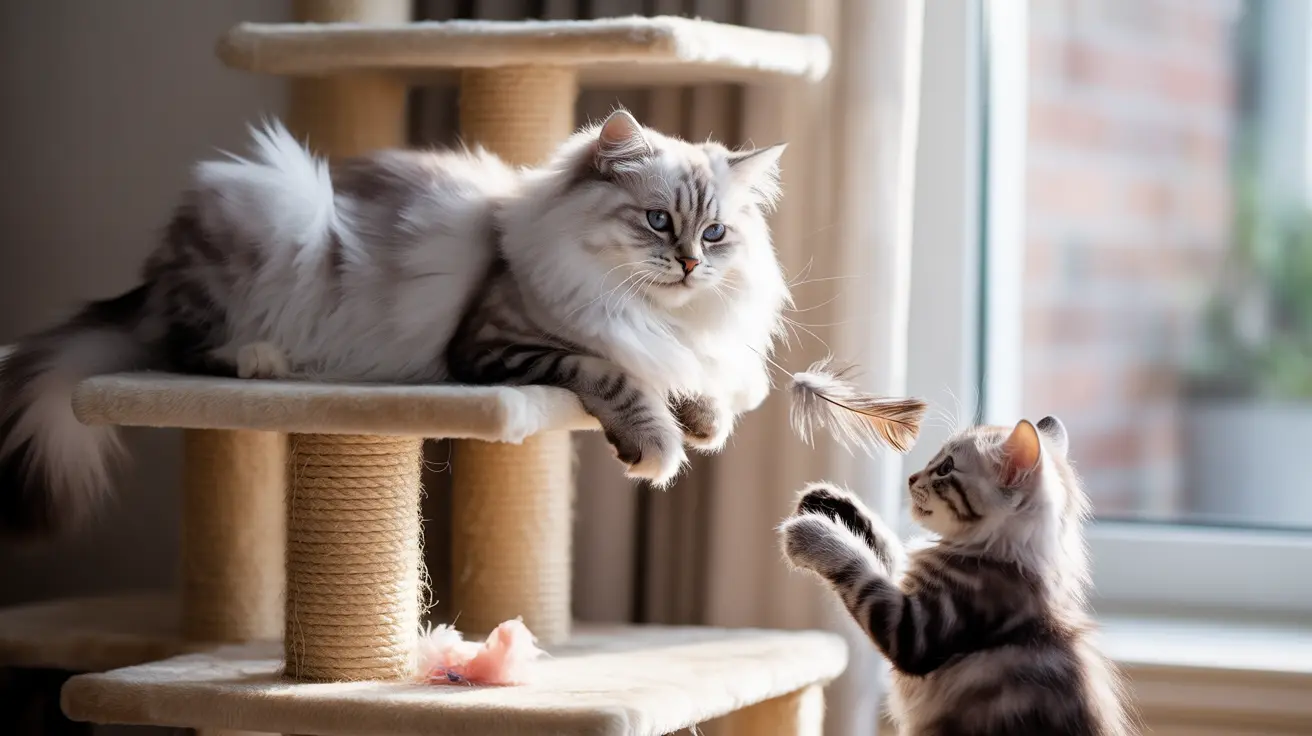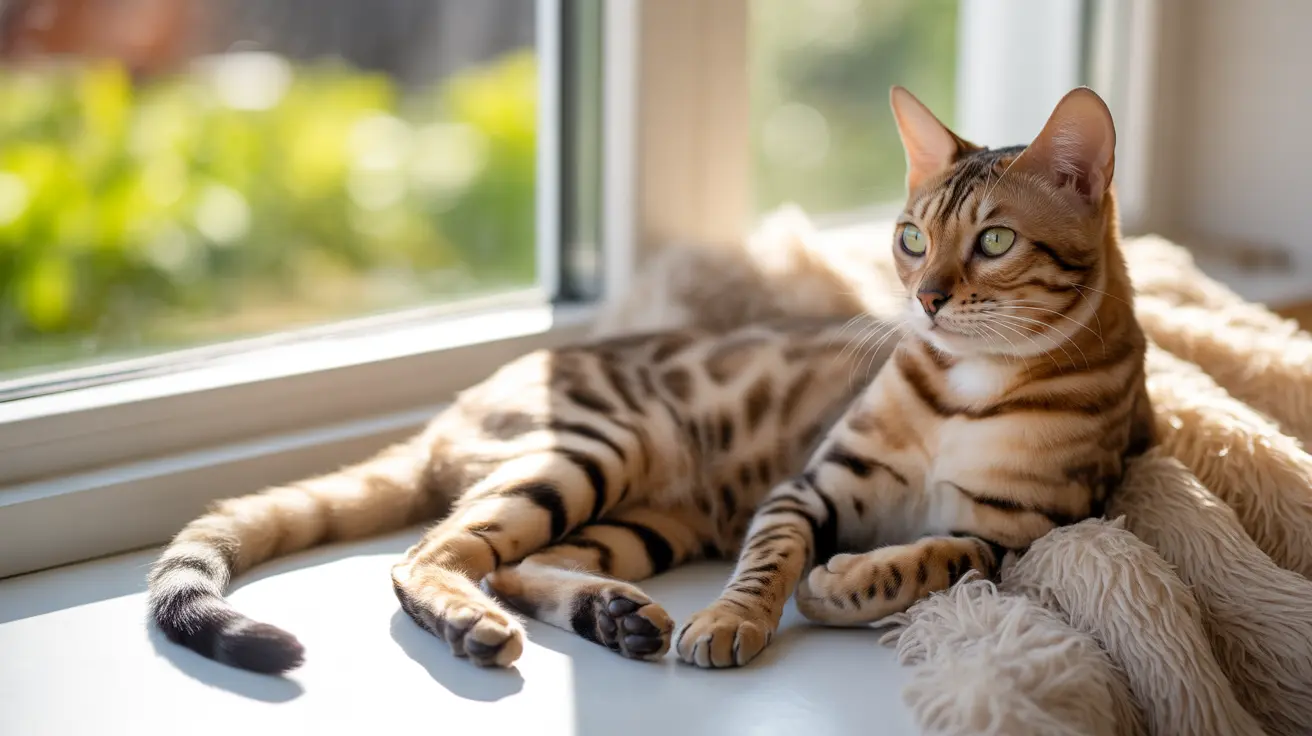Understanding Cat Bullying Behavior
In multi-cat households, cat bullying is a concerning issue that can create significant stress and discord. When one cat consistently intimidates or harasses another, it disrupts the peaceful dynamics that every pet owner hopes to maintain. Understanding this behavior is the first step toward creating a harmonious environment for all your feline friends.
Cat bullying can manifest in various ways, from subtle dominance displays to outright aggression. Common signs include blocking access to resources, aggressive chasing, excessive swatting, or preventing other cats from using litter boxes. This behavior not only affects the bullied cat's well-being but can also lead to lasting behavioral issues if left unchecked.
Common Causes of Feline Bullying
Territory and Resource Competition
Cats are inherently territorial creatures, and competition for resources often triggers bullying behavior. Limited access to food bowls, litter boxes, or favorite resting spots can cause one cat to assert dominance over others.
Social Hierarchy Changes
Changes in the household dynamic, such as introducing a new cat or the absence of a resident cat, can disrupt established hierarchies. This disruption frequently leads to bullying as cats attempt to establish or maintain their social position.
Identifying Signs of Cat Bullying
Physical Signs
- Stalking or chasing other cats
- Blocking access to food, water, or litter boxes
- Physical attacks including biting or scratching
- Pinning other cats down
Behavioral Indicators
- Excessive hiding from other cats
- Changes in eating or litter box habits
- Increased vocalization or hissing
- Tense body language when certain cats are present
Effective Solutions to Stop Cat Bullying
Environmental Management
- Providing multiple resource stations throughout your home
- Setting up vertical spaces like cat trees and wall shelves
- Establishing separate feeding areas
- Ensuring each cat has their own safe space
Behavioral Intervention
- Reward peaceful interactions
- Interrupt bullying behavior without punishment
- Use positive reinforcement training
- Maintain consistent daily routines
Prevention Strategies
- Properly introduce new cats to the household
- Maintain multiple resource stations
- Provide environmental enrichment
- Schedule regular veterinary check-ups
- Use calming aids like pheromone diffusers when needed
Frequently Asked Questions
Why is one cat bullying another in my multi-cat household?
Cats may bully others due to territorial disputes, resource competition, stress, or underlying health issues. Changes in the household environment or improper introductions can also trigger bullying behavior.
How can I tell if cat behavior is bullying or just playing?
Play involves mutual engagement, taking turns, and relaxed body language. Bullying typically shows one-sided aggression, victim distress, and tense body language. During play, claws are usually retracted, and there's no hissing or growling.
What are the best ways to stop a cat from bullying another cat?
The most effective approaches include providing multiple resource stations, creating vertical spaces, using positive reinforcement, and maintaining consistent routines. Professional behavioral consultation may be necessary for severe cases.
How should I set up resources to prevent cat bullying?
Follow the "one plus one" rule: provide one more of each resource than the number of cats. Distribute resources throughout different areas of your home, ensuring multiple escape routes and safe spaces for each cat.
Can health issues cause a cat to bully other cats?
Yes, medical conditions, pain, or discomfort can cause behavioral changes including aggression and bullying. Always have cats showing sudden behavioral changes examined by a veterinarian to rule out health issues.
Conclusion
Creating peace between cats requires patience, understanding, and consistent intervention. By implementing these strategies and maintaining a supportive environment, you can help your cats develop better relationships and live harmoniously together. Remember that professional help is available if bullying persists despite your best efforts.






